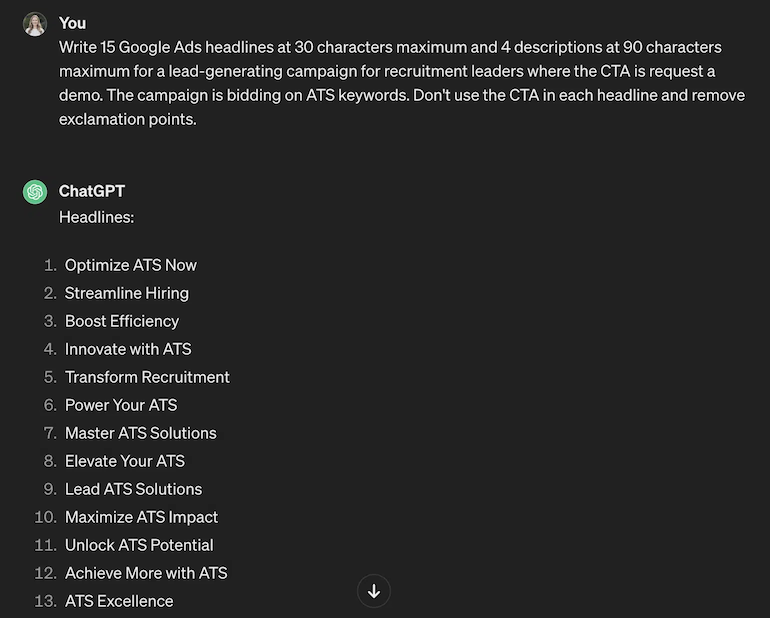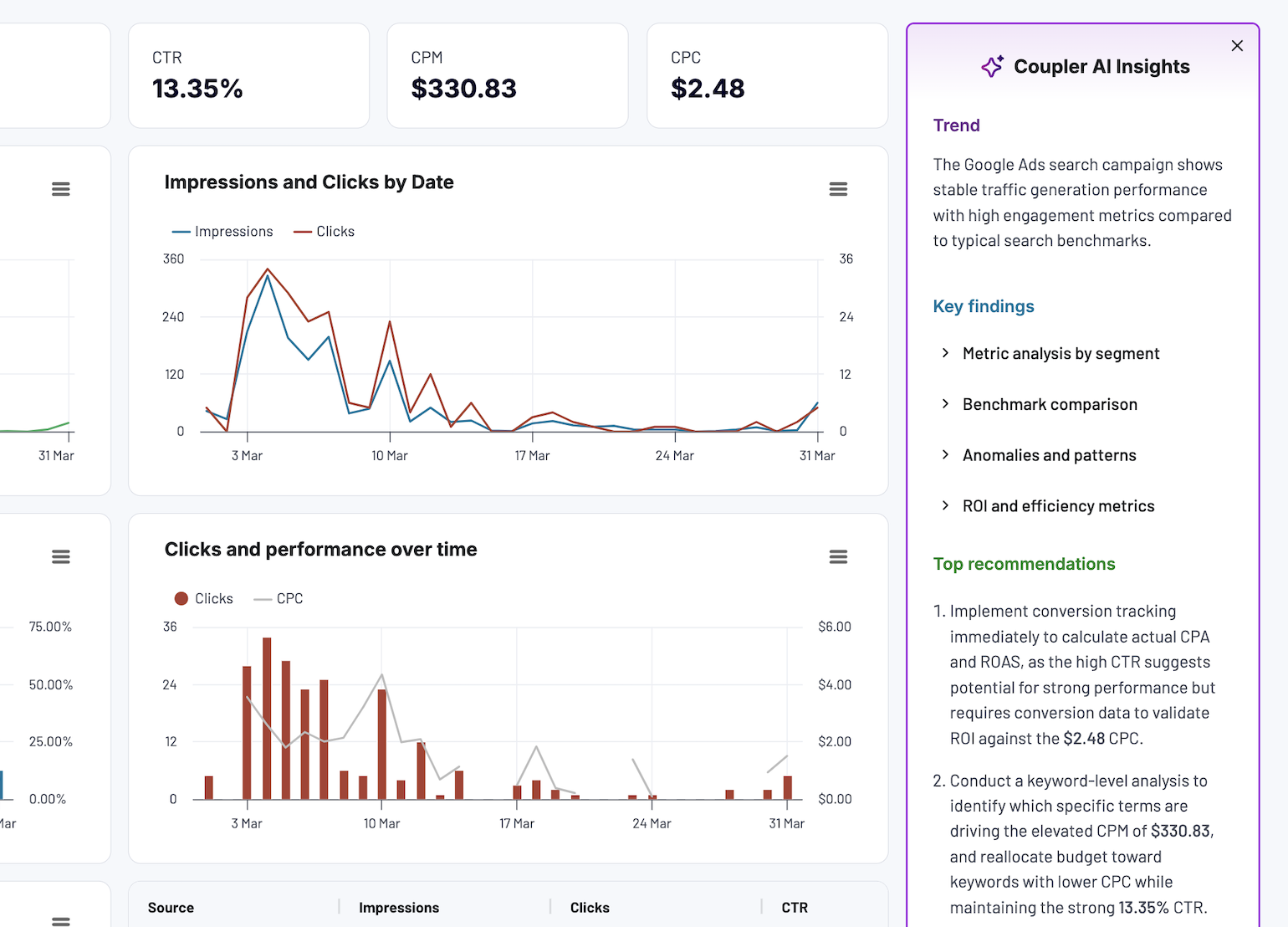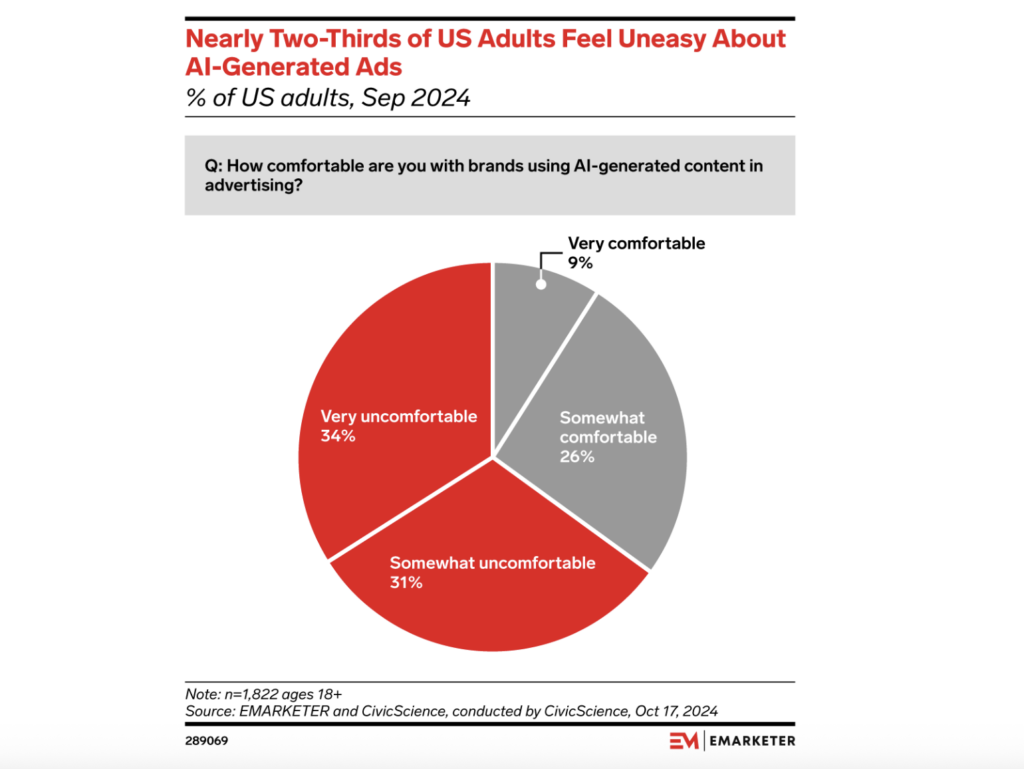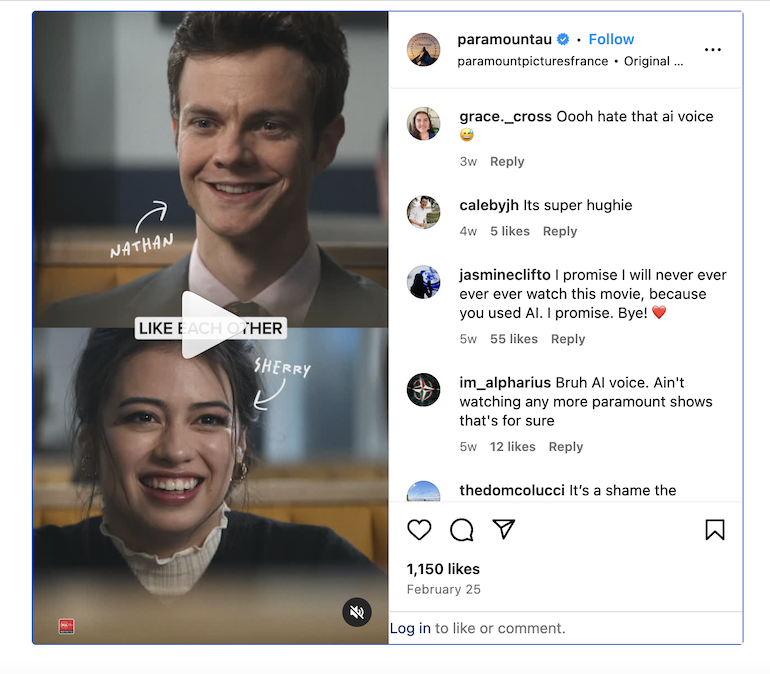AI in PPC continues to evolve. In time we can expect to see its application expand into even more areas of paid advertising.
What’s clear for now, however, is that AI is a helper. It can, for example, identify and segment audiences, and test numerous ad variations. Google claims that by switching from focusing on CPC to an AI-enhanced ROAS bid strategy, advertisers typically see 14% higher total conversion value.
Despite these advances, many marketers question whether current AI applications are something bigger than just automating tasks.
In this article, we’ll examine both the proven benefits and limitations of AI in PPC to determine whether today’s solutions live up to the hype, and what this means for the future of SEM specialists.
Some of the Current Advantages of AI in PPC
Modern ad funnels are complex: the user journey doesn’t end with an ad click. Experts need to monitor and adjust the processes continuously. From own experience, streamlining and automating campaign management, optimization, and analytics are the main perks of AI in ads.
Let’s discuss some use cases that have already proven effective in detail.
Time efficiency and productivity
In paid advertising, among the go-to practical and time-saving applications of AI, you can start with Generative AI. It can improve your productivity when it comes to paid ads creatives.
For example, ChatGPT, Jasper.ai, Midjourney, or similar tools make creating engaging ad content easier and faster.

Key advertising platforms like Google, Microsoft, Meta use artificial intelligence to generate copy based on product descriptions, landing pages, and keywords. While Google Performance Max can assist in imagery and video. Such campaign will dynamically optimize ad formats and placements across various Google properties such as Search, Display, YouTube, and Discover.
Besides, Generative AI in PPC enables advertisers to create personalized ads for different audience segments—something resourceful to accomplish manually. Tools like Google’s RSAs automatically test thousands of headline and description combinations, making real-time adjustments based on performance data.
You can also use AI to create landing pages. Try implementing AI chatbots on those landings to engage with visitors and provide a more seamless user experience.
As you see, even using a small part of AI’s potential can save you hours of work refining your copies and producing visuals. But AI can do more, namely, optimize and manage your campaigns, giving you more time for strategic decisions and experiments.
AI-driven campaign optimization
An AI-optimized PPC campaign uses advanced algorithms to understand audience behavior. It simplifies multichannel budget management across different PPC platforms. AI-enhanced cross-platform attribution models give advertisers a better understanding of customer journeys across multiple channels.
AI can identify lookalike audiences, expanding the reach to customers you might have missed and reducing wasted ad spend. As hyper-targeted ads feel relevant and personalized, customer engagement and click-through rates rise. By dynamically adjusting bids based on performance metrics, AI eliminates guesswork. As a result, ROI is increased while underperforming strategies are not overspent.
It’s better to implement AI-driven optimization with clear KPIs and measure improvement. Once you understand how AI interprets your business goals, gradually increase its autonomy in bidding and audience targeting.
AI in ad analytics
Per HubSpot’s Report, 30% of AI applications in marketing relate to analytics and data insights.
AI analytics is also gaining momentum in digital advertising.
Fast data interpretation and insights extraction are among AI’s valuable use cases in ad analytics. Even seasoned professionals can miss important insights about their campaign performance or spend many hours on data interpretation.
At Coupler.io, we introduced AI insights that grasp trends and provide quick recommendations based on your raw PPC data. As users admit, it not only quickly provides a summary but also prevents missing hidden data patterns.

At the same time, AI in analytics can do more, including:
- Propensity modeling (predicting which users are most likely to convert)
- Smart segmentation
- Pattern recognition (identifying conversion signals humans might miss)
- Media mix modeling (optimizing budget allocation across channels)
- Image recognition for creative analysis (analyzing creative performance elements)
- Customer lifetime value modeling
AI is pretty good at analyzing compound factors like seasonality, search trends, landing page content, or emerging consumer behaviors, suggesting relevant adjustments. This helps uncover long-tail keywords, personalize campaigns, increase reach, and more.
This level of analysis would be difficult to accomplish without AI. While humans might take days, AI processes millions of data points instantly, allowing you to stay flexible in the advertising landscape.
A Skeptical View of AI in PPC
Although AI undoubtedly has a positive impact on PPC and makes teams more efficient, an authentic human connection and expertise remain central to successful campaigns.
For instance, the EMARKETER study highlights skepticism about AI in advertising and the importance of maintaining a human touch:

Despite this, 48% of respondents believe that using AI to sell products will become common in the next few years. To address consumer skepticism, brands should openly disclose AI usage in content. They should prioritize value-driven experiences that genuinely connect with their audiences.
Beyond this, AI in PPC faces three significant challenges that marketers must navigate.
Lack of explanation and transparency
This is one of the major issues: AI doesn’t fully explain its decisions. For instance, AI-driven decisions in Smart Bidding and campaign optimization often lack explainability, leaving marketers guessing the decision patterns. They don’t know why budgets fluctuate or why AI prioritizes certain audiences.
This transparency issue is compounded by the fact that AI performance directly correlates with data volume and quality. Organizations with limited traffic or customer data may experience delayed effectiveness until sufficient data accumulates.
Because of these limitations, human cognitive ability is still required to interpret the results and adjust strategies accordingly. At the moment, experts are best equipped to plan, develop, and adapt to emerging markets. For AI to work effectively, it must be fed with accurate, up-to-date, and plentiful data, which humans control.
Creative limits
The advent of GenAI will make creativity a key differentiator for successful campaigns. Without a coherent, consistent creative concept, it’s hard to compete and engage with the audience. AI, in its turn, still struggles with truly innovative ad concepts.
Sameness of CTAs, headlines, and ad copies, obviously AI-generated images and videos, identical voiceovers and scripts are what we see more and more, despite improvements in AI.
Even corporations fall for this, as in the recent case of Paramount Pictures using an AI-generated voiceover for a movie advertisement.

People do recognize the use and overuse of AI in advertising, finding it soulless, irrelevant, and boring.
AI ad tools may misinterpret brand voice and tone. Also, while AI might generate technically correct ad copy, it lacks the cultural awareness and human nuances to create truly resonant messaging for regional and cultural contexts.
That’s why an expert review is essential for maintaining a consistent identity and human-to-human interactions in digital advertising.
Regulations and dependencies
Another important challenge of AI is its dependence on algorithms. AI may overuse the same patterns, historical data, current trends, misinterpret contexts, and suggest poor decisions. With the decline of third-party cookies and stricter data privacy regulations, AI-driven targeting faces increasing limitations, leading to potential inefficiencies.
Additionally, AI’s targeted advertising may conflict with data privacy laws like GDPR and CCPA. Marketers must navigate these regulations carefully. Instead of delegating everything to AI, advertisers must follow every regulatory change (cookies, consent mode, tracking requirements) or even outsource to experts for specific technical compliance.
While AI excels at personalization, overly targeted content can create discomfort among audiences. Successful implementation requires finding the right balance between relevance and respecting privacy boundaries. Brands should proactively avoid actions that could categorize their AI usage as unethical or non-compliant.
Wrap-up: AI Impact on PPC Experts
AI remains one of the most influential PPC trends among advertisers. Its impact on advertising is solid and will continue. I believe it will augment rather than replace skilled PPC marketers in the future. And it’s not magic already, but a bit overrated.
AI is great at automating daily routines and assisting with data processing, particularly numerical analysis. However, it often can’t answer strategic questions or compete with human creativity.
The success point is in the synergy between human expertise and AI capabilities to manage and optimize campaigns. Treat AI as an amplifier of your advertising efforts, not as a responsible for your ads.
Clearly, AI will further transform PPC, combining automation with innovation and helping marketers stay flexible and proactive. But strategic campaign planning, critical analysis of AI recommendations, and a deep understanding of your audience are the human traits that will remain your competitive advantage!




